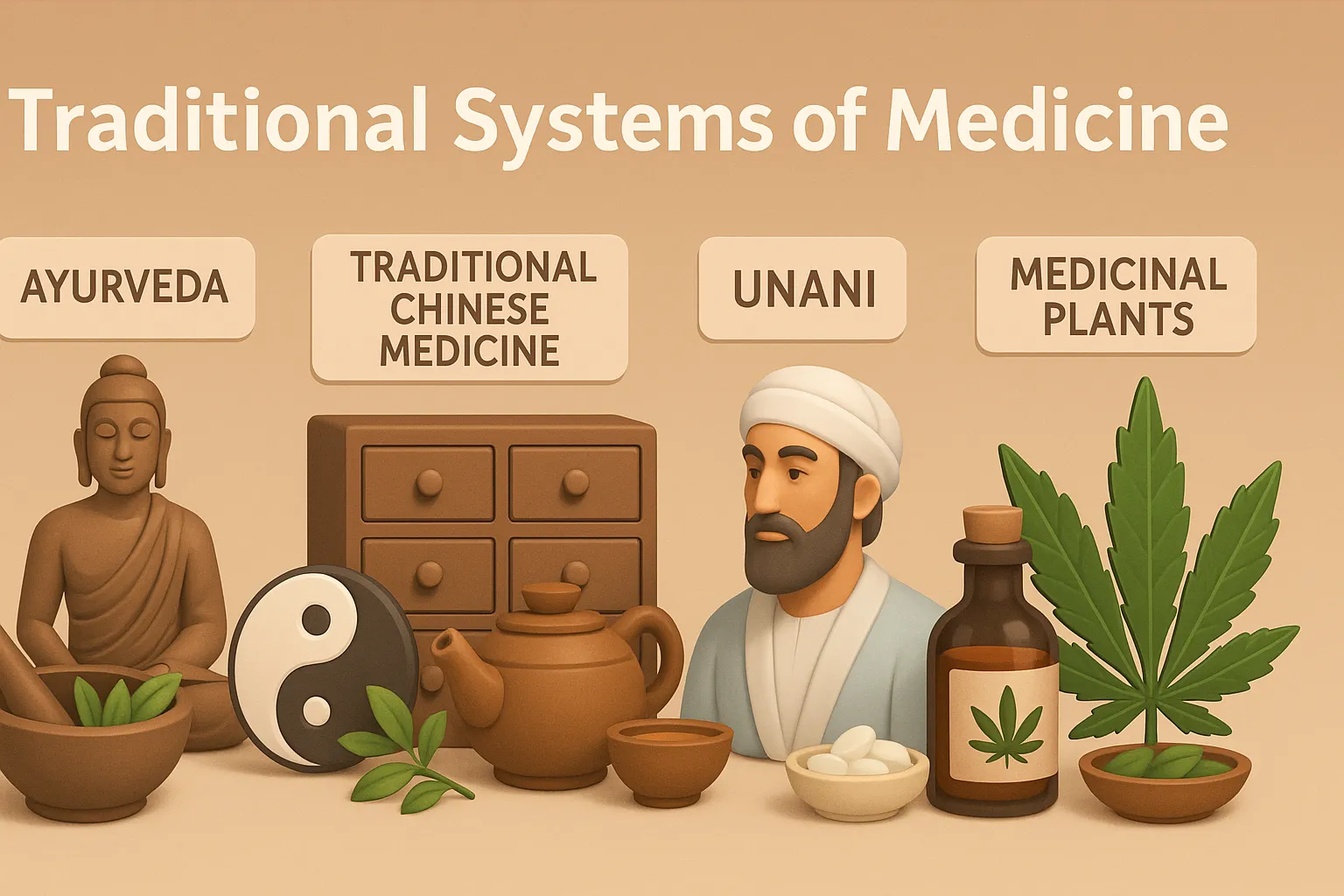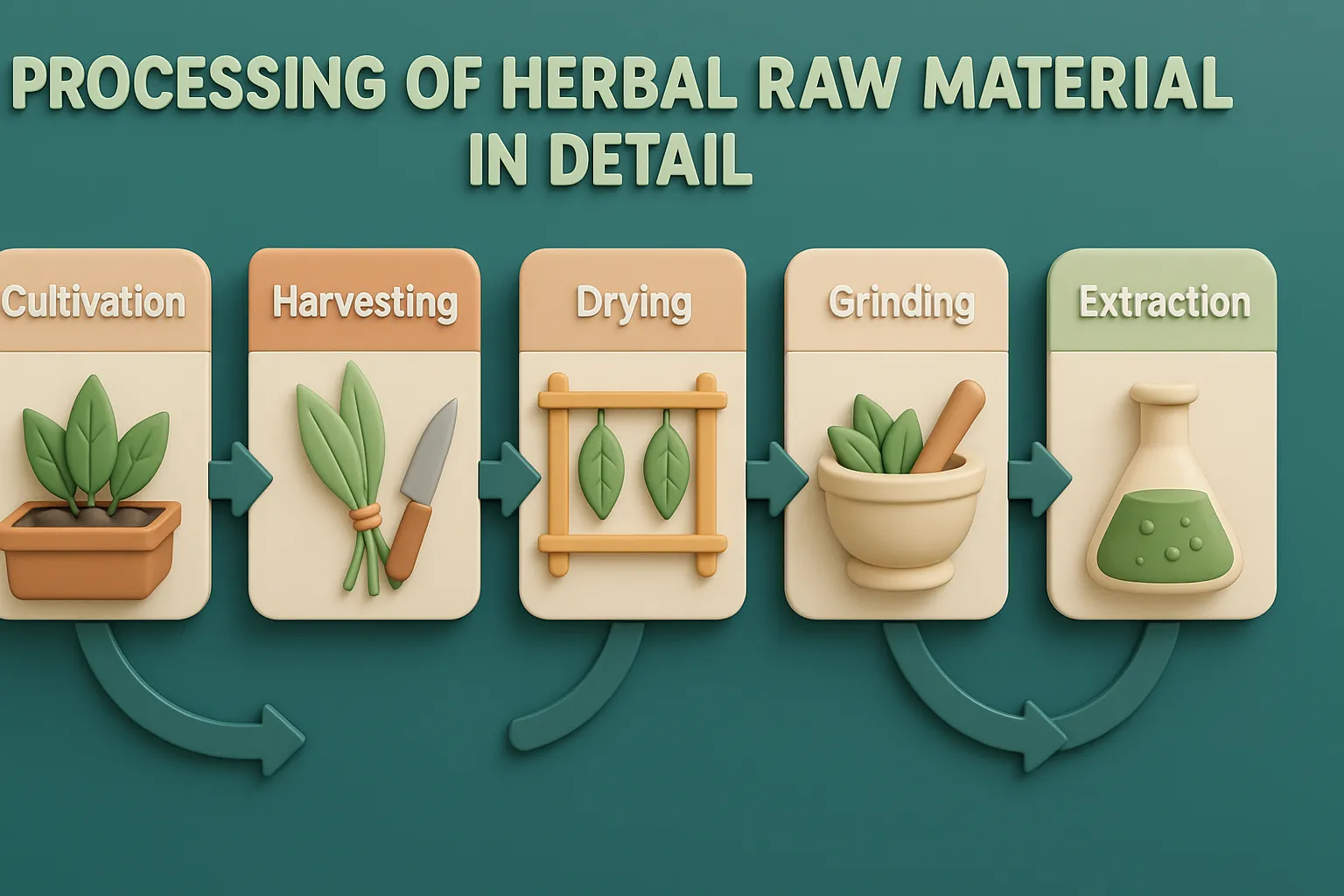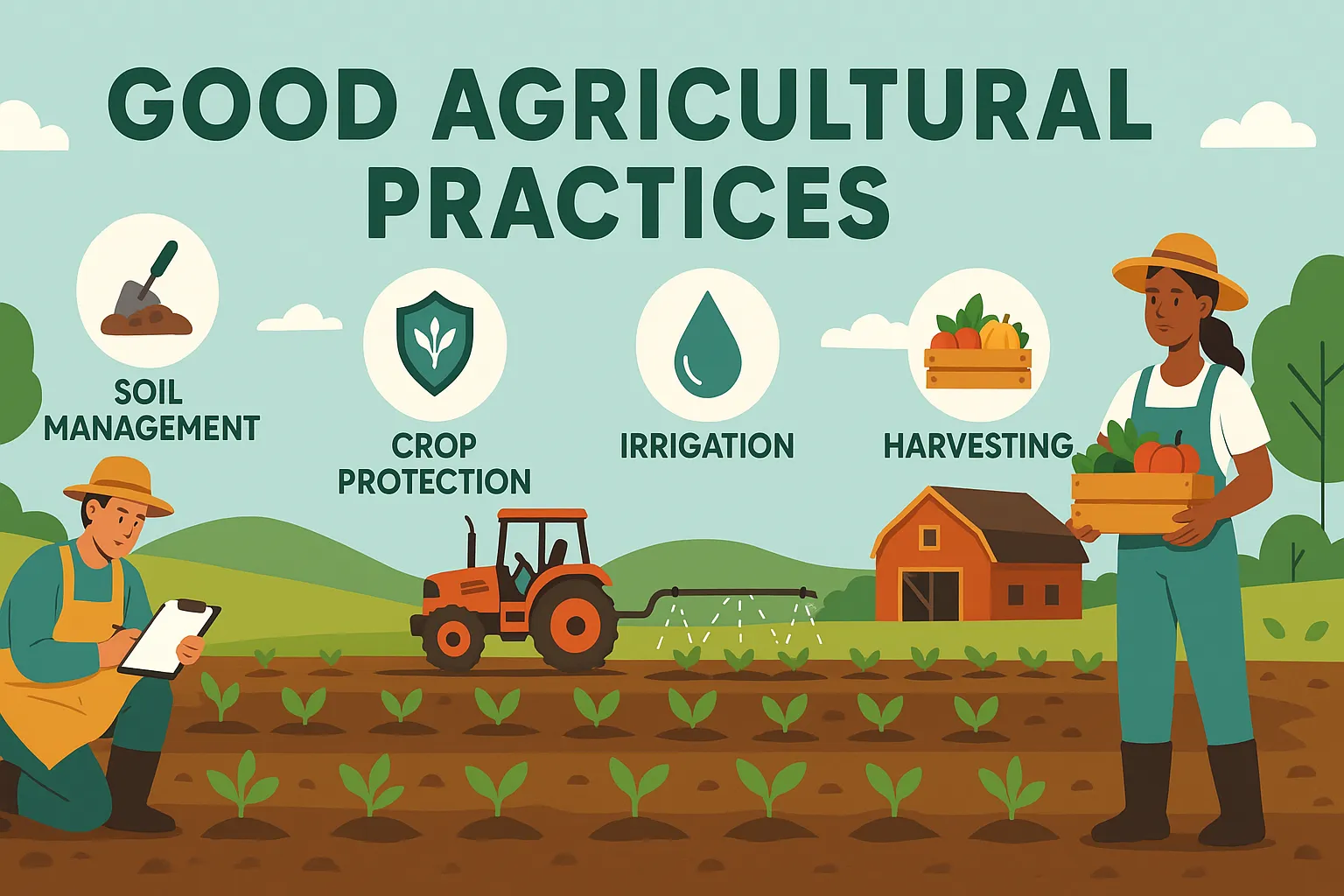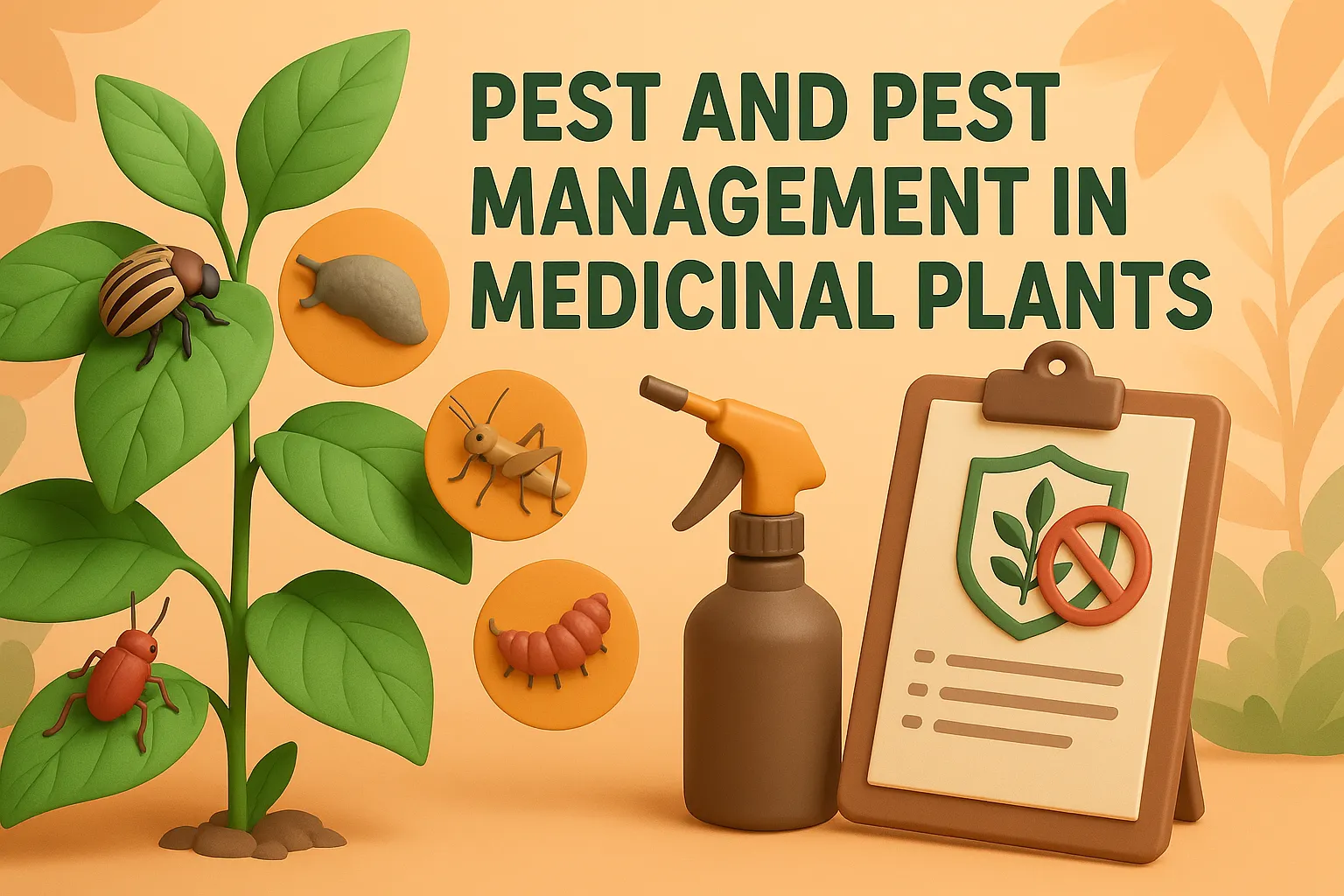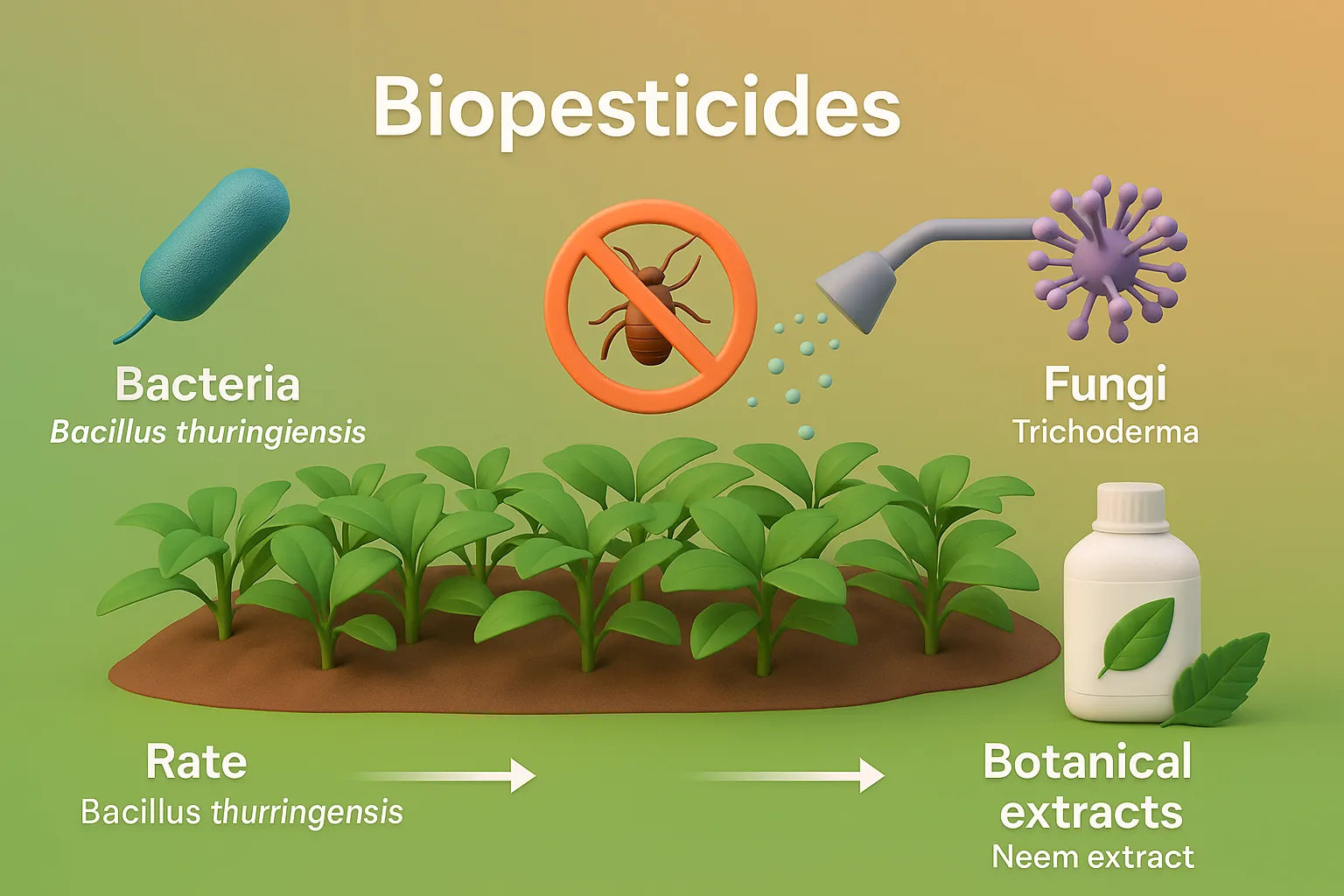Ayurveda
Ayurveda is an ancient Indian system of medicine focusing on balance of body, mind, and spirit through natural therapies and herbs. Origin and Historical Context Ayurveda, one of the oldest codified medical systems, dates back over 3,000 years. Major texts include: Charaka Samhita – Focuses on internal medicine. Sushruta Samhita – Emphasizes surgery and anatomy. … Read more


